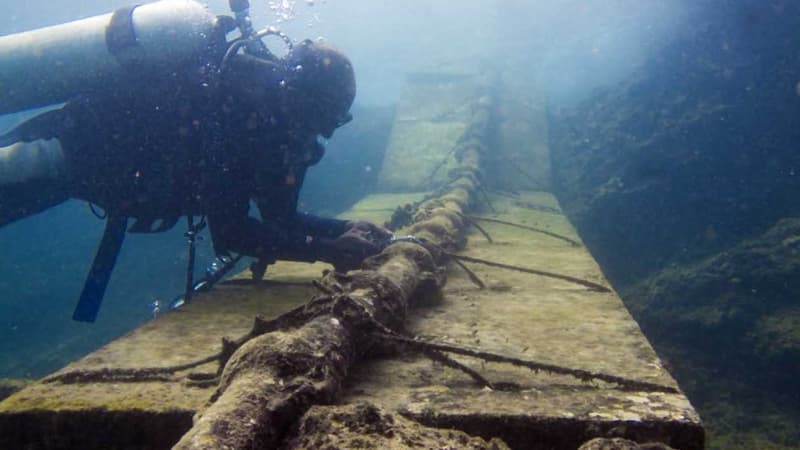With the sabotage of the Nord Stream 1 and 2 pipelines, the Hybrid War has just begun. From now on, the concern is focused on other underwater infrastructure. The continents are interconnected by optical Internet cables or power lines that run under the seas. If damaged, unprecedented chaos would affect many countries around the world and Europe in particular.
About 99% of intercontinental electronic communications pass through submarine cables. There are more than 400 submarine lines that constitute a network of 1.3 million kilometers. The longest is 3,900 km to connect Southeast Asia with Western Europe through the Red Sea. Jean-Luc Vuillemin, director of international networks at Orange, warns that in the event of a blackout, there would simply be no Internet in Europe.
Fear of an internet blackout
These networks give access to the network for entertainment, consumption, but above all for the transit of financial transactions such as Swift (Society for Worldwide Interbank Financial Telecommunications). More than 10 billion dollars pass through these submarine lines. If removed, financial losses over several days would create an economic disaster on top of the food and energy crisis caused by the war in Ukraine. Another reason for concern, the intelligence that uses these lines to exchange strategic information for the security of the States.
These devices are closely and constantly monitored by the warships of European countries, especially since for several years Russian military ships have been seen near the Irish coasts through which these information highways pass.
In August 2021, off the coast of Ireland, the Yantar, a Russian “oceanographic” vessel used for intelligence missions, followed the route of the Celtic Norse and AEConnect-1 submarine telecommunications cables connecting Ireland to the United States. It is through them that almost all global communications and financial transactions pass. On board, a mini submarine capable of submerging up to 6000 meters deep.
Threat to power cables
The other less talked about target could be submarine power cables that allow electricity to be transported from one country to another. Just a year ago, the longest link in the world, 720 kilometres, between Norway and the United Kingdom came into service. This distribution mode has the wind in its sails to supply or exchange electricity between different countries.
There are projects underway from France to Spain, Ireland or Morocco, between Greece and Israel or between Norway and Denmark that want to exchange hydraulic energy for that produced by wind turbines depending on the season.
In an article in The Economist, Christopher Guérin, head of Nexans, estimates that 72,000 km of cables of this type will be laid by 2030, seven times the current stock. And now, all these infrastructures are threatened by sabotage that will accentuate the energy crisis.
The sabotage of submarine gas pipelines in the Baltic Sea confirms fears of a hybrid war at the bottom of the seas. And despite the increased vigilance, the explosive charges could have been planted months or weeks ago to be detonated remotely at the right time, according to Daphné Benoit, defense correspondent for AFP and president of the Association of Defense Journalists (AJD). ).
Sabotage of the Internet or electrical cables could be considered an act of war, but in these situations it would be difficult to attribute it to a State, even if Russia were the main suspect.
Source: BFM TV


